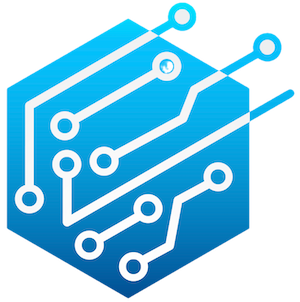For over three decades, the internet has served as a multifaceted platform for humanity’s diverse activities—from social interactions and commerce to accessing information. However, we stand on the brink of a seismic shift in how this vast ecosystem functions. This transformation isn’t a mere aesthetic overhaul; it’s akin to a total reconfiguration of how we engage with the web. As artificial intelligence takes center stage, we must grapple with an unsettling truth: human-centric interfaces will soon become relics of the past.
We have long relied on GUIs (Graphical User Interfaces) designed to cater to our tactile and visual limitations. Our navigation is guided by clicks, scrolls, and swipes, all of which cater to our terrestrial needs. Yet, as AI systems evolve and transition from being mere assistants to becoming active agents, the entire framework of the web must adapt accordingly. Currently, we place immense burdens on these intelligent systems, asking them to mimic human behaviors that are effectively clumsy for their potential. What happens when we shift gears and truly design the internet for these automated intelligences?
The Growing Role of AI: Agents Not Assistants
AI represents not just a tool, but increasingly, an autonomous participant in our digital lives. We are poised to witness the dawn of a new era in which AI will not merely assist us in completing tasks but will proactively act on our behalf. This paradigm shift necessitates a radical redesign of the internet. Forget the days when AI was confined to reading through web pages; it will soon be expected to perform tasks at speeds and efficiencies we cannot fathom.
In this emerging landscape, the traditional web structure—filled with cluttered interfaces and verbose text—becomes impedimentary. AI needs clear, immediate access to information, not the visual noise that has long characterized our interaction with the web. Here, the distinction between humans and machines mirrors the analogy of early automobiles attempting to navigate muddy, bumpy roads. Efficiency drives progress, and soon, we will demand a new kind of web—one that caters directly to the processing capabilities of AI.
Redefining User Experience: Designing for Machines
As we rethink the design philosophy that underlies our digital spaces, the term “user experience” will take on an entirely new significance. No longer does it just reflect the satisfaction of human users; it must now encompass the demands of AI that thrives on immediate data and minimal friction. The essence of website design will shift from enticing visuals to optimizing for machine-readability. No longer will it suffice to create beautiful interfaces; businesses must now prioritize clean, efficient data architectures that AI can engage with seamlessly.
This transformative iteration of the web implies that APIs (Application Programming Interfaces) will serve as the new storefronts. Structured data will become the currency of interaction, rapidly responding to real-time inquiries from AI agents about preferences, pricing, and other critical variables. Trustworthiness and reliability will overshadow more superficial design elements, as AI will systematically evaluate sources for accuracy and relevance.
The Impending Reality: A Dual Internet Landscape
Envisioning the future, we could easily find ourselves navigating two distinct versions of the web: one tailored for human-centric activities and another optimized for machines. But the more probable scenario suggests a layered approach where every digital surface incorporates a machine-friendly interface beneath its human-oriented aesthetic. Enterprises that fail to adapt may find themselves marginalized, invisible in an AI-driven marketplace that prioritizes expediency and efficacy.
As the web migrates from a human-dominated landscape to one tailored for AI, the concept of SEO (Search Engine Optimization) will inevitably evolve into MEO (Machine Experience Optimization). Content would then be judged by its accessibility and responsiveness to automated agents rather than traditional measures of engagement. The impact stretches far beyond technicalities; brands that recognize the potential shift toward AI dominance will have the first-mover advantage.
The Future: Machines Will Drive the Web
As we prepare for a world wherein AI increasingly governs digital interactions—from purchasing decisions to scheduling and integrating various services—the implications are profound. Accessibility and speed will overshadow aesthetic considerations, and usability will be dictated by the needs of intelligent agents rather than human users.
In this brave new world, we are not merely witnessing the evolution of browsers but the complete redefinition of what the internet can and will be. As the framework shifts from a human-centric design to one engineered for machines, companies that embrace this transformation will likely emerge as leaders in the future digital economy. Just as infrastructures adapted for automobiles, so too will we need to create a web that caters to the dynamic needs of AI, setting the stage for a revolution where machines operate at the speed of thought, and efficiency reigns supreme.


Leave a Reply